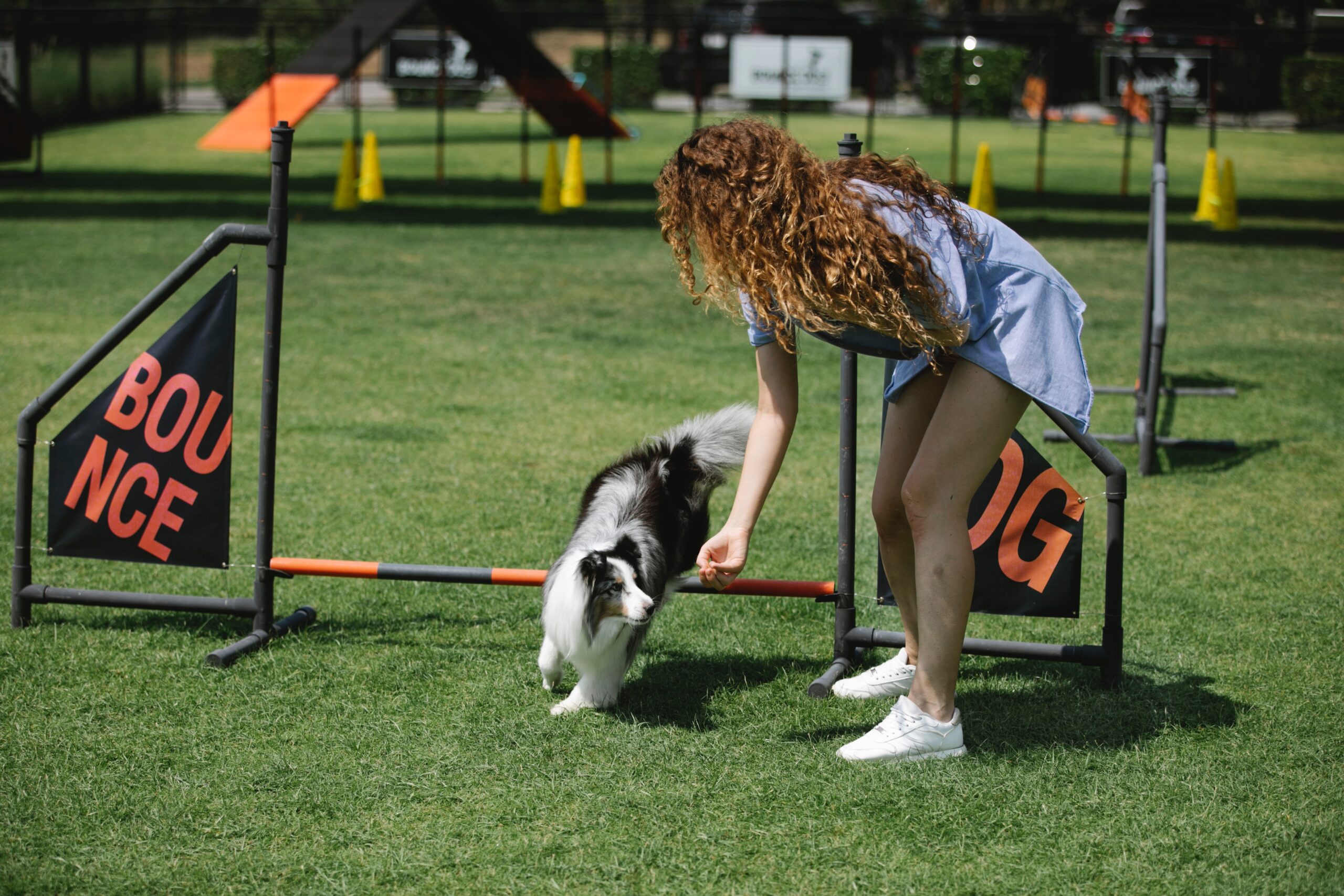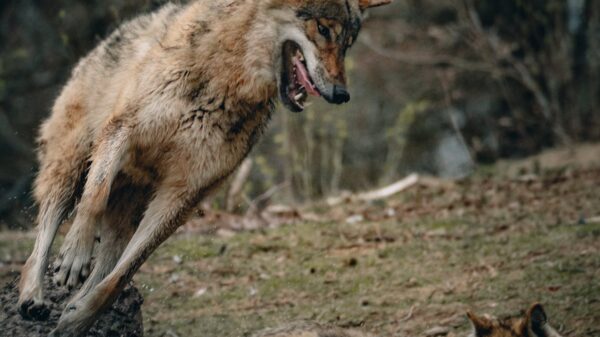Welcome to our blog post on training techniques for obedient and well-behaved pets! As pet owners, we all want our furry friends to be well-behaved and obedient. But how do we achieve that? From basic obedience commands like sit and stay to more complex tricks like roll over and play dead, there are many different techniques you can use to train your pet. Whether you’re a first-time pet owner or an experienced trainer, this post has something for everyone. So grab a treat (for you or your pet!) and let’s dive into the world of pet training.
Introduction to Pet Training
One of the most important things you can do for your pet is to train them. A well-trained pet is a happy pet, and a happy pet makes for a happy owner.
You can use various techniques to train your pet, and the most suitable technique will depend on the animal. However, following some general tips can make training easier and more successful.
The first step in any training program is to establish yourself as the alpha. Animals are instinctively hierarchical, and in order for them to respect you as their leader, you must first prove that you are worthy of their respect. This can be done through simple exercises like making your pet sit before being allowed to eat or go for a walk. Once your animal understands that you are in charge, they will be much more likely to respond positively to training.
The second step is to be consistent with your commands. When you give a command, make sure that you follow through with it every time. If you only sometimes enforce a rule, your pet will quickly learn that they only need to obey when it suits them. Consistency is key when it comes to training animals.
Remember to use positive reinforcement whenever possible. Animals respond much better to rewards than they do punishment. If your pet does something that you want them to do, make sure to praise them lavishly. This will help them understand what behavior is desired and encourage them to repeat it in the future
Establishing Rules and Boundaries
It is important to establish rules and boundaries with your pet from the very beginning. This will help them understand what is expected of them and will make training easier in the long run. Here are a few tips for establishing rules and boundaries with your pet:
Be consistent: Consistency is key when it comes to training your pet. If you are inconsistent with your commands or the rules you set, your pet will become confused and will be less likely to obey.
Be clear: Make sure that you are clear with your commands and expectations. Your pet should be able to understand what you want them to do.
Be firm: It is important to be firm when giving commands or setting rules. If you are not assertive, your pet may not take you seriously and will be less likely to obey.
Establishing rules and boundaries is an important part of training your pet. By being consistent, clear, and firm, you can help your pet understand what is expected of them and make training easier in the long run.
Positive Reinforcement Training
When it comes to training your pet, positive reinforcement is key. This type of training involves rewarding your pet for good behavior in order to reinforce desired behaviors. Some common rewards used in positive reinforcement training include treats, praise, and affection.
One of the most important things to keep in mind when using positive reinforcement training is to be consistent. Every time your pet exhibits the desired behavior, make sure to provide a reward. This will help your pet understand that the desired behavior is something that you want them to do.
It’s also important to use rewards that are meaningful to your pet. If they don’t care about treats, then try using praise or affection instead. The important thing is to find something that works as a motivator for your particular pet so that they are more likely to repeat the desired behavior.
If you’re looking for a way to train your pet effectively and create a bond between you and your furry friend, positive reinforcement training is definitely worth considering. With consistency and patience, you can teach your pet just about anything!
Clicker Training
Clicker training is a form of operant conditioning that uses positive reinforcement. The clicker is a small hand-held device that makes a clicking sound when pressed. When used in training, the clicker is paired with a treat or other desirable reward. The pet is first taught to associate the clicker sound with the treat, and then the pet is trained to perform desired behaviors.
Clicker training is an effective way to train pets because it allows for clear communication between trainer and pet. The pet quickly learns that certain behaviors result in a positive reinforcement (the clicker sound followed by the treat), and this encourages the pet to repeat those behaviors. Clicker training can be used to teach obedience commands, tricks, and even basic manners.
One of the great things about clicker training is that it’s easy to get started. All you need is a clicker and some treats (or another desired reward). If you’re not sure how to get started, there are plenty of resources available online, including articles, videos, and even books dedicated to clicker training pets. Once you get started, you’ll be amazed at how quickly your pet learns and how much fun you both have in the process!
Problem Solving Tips
Problem solving is an important skill for any pet owner. There are a few basic tips to keep in mind when teaching your pet how to solve problems.
-Encourage your pet to use its natural problem solving abilities by providing opportunities for it to do so. For example, create an obstacle course for your dog or put your cat’s food in a puzzle feeder.
-Be patient and consistent when teaching your pet new skills. Like with most things in life, practice makes perfect!
-Use positive reinforcement to reward your pet for good behavior. This could include treats, praise, or extra cuddles and attention.
-Never punish your pet for making mistakes or not understanding something immediately. This will only make them scared or resentful and less likely to want to try again in the future.
How to Deal with Aggressive Behavior
If your pet exhibits aggressive behavior, it is important to deal with the issue immediately. There are a number of different ways to do this, and the most effective approach depends on the severity of the aggression and the specific circumstances.
If the aggression is mild, you may be able to redirect your pet’s attention with a toy or treat. This can help to break the cycle of aggression and allow you to begin training your pet in more constructive behaviors.
If the aggression is more severe, when using Pet Training Techniques, you will need to be more assertive in your approach. One effective technique is called “time out.” With this method, you remove your pet from the situation that is triggering the aggressive behavior and provide a period of calm isolation. This gives your pet time to calm down and hopefully learn that aggressive behaviors are not tolerated.
There are many other techniques that can be effective in dealing with aggressive behavior, and it is important to consult with a professional trainer or behaviorist if you are having difficulty managing your pet’s aggression. With patience and consistency, you can help your pet learn appropriate behaviors and overcome any challenges related to aggression.
Handling Separation Anxiety
If your pet is experiencing separation anxiety, there are a few training techniques you can use to help ease their anxiety. First, it’s important to create a positive association with being away from you. This can be done by giving your pet a treat or toy that they only get when you leave them alone. Secondly, it’s important to start leaving your pet alone for short periods of time, gradually increasing the amount of time as they become more comfortable. Make sure to provide plenty of exercise and mental stimulation for your pet when you are home with them, as this will help tire them out and reduce their anxiety.
Preparing Your Pet for Vet Visits
No one likes going to the doctor, and that includes our pets. But vet visits are a necessary part of keeping our furry friends healthy and happy. The best way to make sure your pet has a positive training techniques experience at the vet is to prepare them in advance with some training. Here are a few tips on how to do just that on Pet Training Techniques:
1. Start early: The earlier you start training your pet for vet visits, the better. This will get them used to the idea of going to the vet and help them feel more comfortable in unfamiliar surroundings.
2. Use positive reinforcement: Reward your pet with treats or praise whenever they behave well during a vet visit. This will reinforce good behavior and help them associate the vet with something positive.
3. Be patient: Don’t force your pet into anything they’re uncomfortable with. Take things slowly and let them approach the situation at their own pace.
By following these simple tips, you can help make sure that your pet has a positive experience at the vet, no matter how much they may dislike it.
Conclusion
Training your pet to be obedient and well-behaved is a rewarding experience for both you and your furry friend. With the right training techniques, patience, consistency, and positive reinforcement you can help your pet learn how to behave their best in any situation. Whether it’s teaching them basic commands or helping them overcome specific behavioral issues like barking or aggression, these training techniques will help ensure that they are both happy and healthy.










